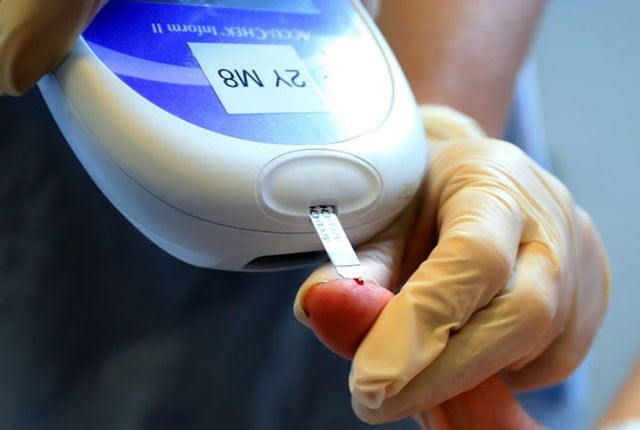The number of diabetic people having “devastating” toe, foot and limb amputations on the Isle of Wight has shot up since 2014, shocking figures reveal.
Between 2011/12 and 2013/14, there were 75 amputations due to diabetes in the NHS Isle Of Wight Clinical Commissioning Group area, according to data published by Public Health England.
By the end of the 2014/15 to 2016/17 period, this figure had risen to 87 – an increase of 16%.
30% rise in below-the-ankle amputations
The biggest increase was in minor or below-the-ankle amputations, such as of the toe or foot.
These rose from 54 to 70 – an increase of 30%.
Major impact on patients
The Royal College of Surgeons says that, despite the name, minor amputations can have a major impact on patients.
They can be difficult to heal, could impair walking, and may even lead to further infections, they said.
National picture
According to the charity Diabetes UK, foot problems are the most common cause of hospital stays for people with diabetes.
The disease can cause a loss of blood supply and feeling in the legs and feet, which can in turn cause ulcers and infections.
Across England, amputations increased by 14% over the same period, rising to almost 26,400 – the equivalent of 170 every week.
“Urgent action” needed to stop “epidemic”
Diabetes UK says “urgent action” is needed to stop what it described as an “epidemic” of diabetes.
It also said more needed to be done to address disparities in the quality of care available in different parts of the country.
Around four out of five amputations could be prevented if diabetics had the right support available, they added.
Survival rates often poor
Public Health England says both the survival rate and the quality of life for diabetics who have undergone major amputations – those that are above the ankle – are often poor.
It estimates that around 10% of the NHS Isle Of Wight CCG’s population have either been diagnosed with diabetes or are living with it undiagnosed.
This would mean around 14,400 people currently have the disease, based on the most recent population estimates.
Growth in obesity
The increase in type 2 diabetes across the UK is linked to the growth in obesity and a person’s socio-economic status can affect their risk of developing the disease, according to Diabetes UK.
Across England, CCG areas with a higher level of deprivation among their population tend to also have a high prevalence of diabetes.
The NHS Isle Of Wight CCG has both an above average level of diabetes prevalence and of deprivation.
Amputations devastate lives
Dan Howarth, head of care for Diabetes UK, said:
“The latest figures show that, unfortunately, there’s still a great deal of work to be done to tackle rising number of diabetes-related amputations across England.
“Amputations devastate lives. It’s so important that everyone with the condition has access to diabetes foot services, and the support of podiatrists and foot care protection teams.
“Access remains an issue, however, and the quality and availability of services still varies significantly across England.
“That’s why we want to see greater commitment from Government to improving diabetes foot services, ensuring routine, high-quality care to those who need it, regardless of where they live.”
Article shared by Data Reporter as part of OnTheWight’s collaboration with Press Association and Urbs Media





